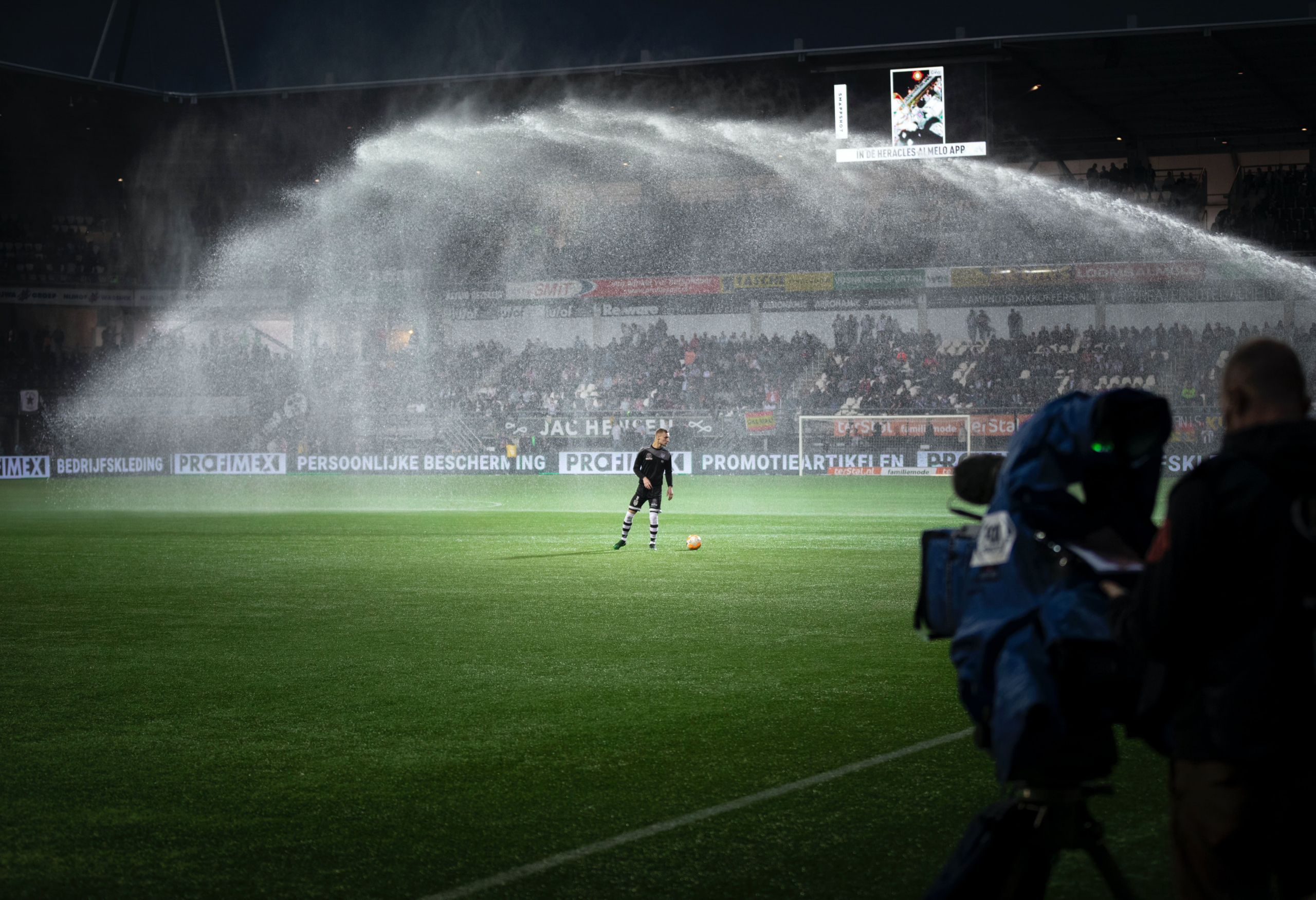●
Kentico Xperience, a cloud-based headless content management system with a rich text editor, versatile media libraries, and built-in support for multi-lingual content
●
A microservices-based cloud architecture driven by Microsoft Azure services, including Azure Front Door, a high-performance content delivery network (CDN)
A modern-looking multi-regional website
●
Custom APIs supporting the OTT platform integration with media broadcasting services, such as Dailymotion, and mobile applications
The client gave us the green light, and the development process began.
As part of the project, we undertook various activities, which included:
●
The development and implementation of custom Kentico Xperience modules for simplifying the content authoring flow.
●
Overriding the CMS limitations, such as considerable maintenance costs for high-traffic websites. We solved this problem by introducing effective cache mechanisms and multi-media file storage using Azure services.
●
Communication and collaboration with the Microsoft Azure team, who had previously offered an exclusive deal to our client. The Microsoft team gave suggestions on how to configure and optimize the OTT platform, working closely with our DevOps specialists. Although our visions did not always align, we always reached common ground to find an approach that worked best.
●
Data migration, which was preceded by a thorough audit, database configuration, and the deletion of incomplete and duplicate data.
Given the project’s ambitious scope and limited timeline, it became apparent the new version of the OTT platform would not be ready in time for the FIFA World Cup 2022 broadcasts, as our customer had originally planned.
To deliver a five-star viewing experience during the major sports event, the ITRex team resurrected the legacy platform, overcoming its inherent scalability and performance shortcomings.
In particular, we had to manually configure the Varnish web accelerator to improve caching, delete over 20 million erroneous or incomplete entries from the OTT platform’s database, and implement sufficient DDoS protection by writing custom scripts for the Nginx server.
Despite a minor downtime at the beginning of the championship, the legacy platform could successfully serve several million users daily. You can find more information about the ad-hoc project in this
OTT platform optimization case study.




















